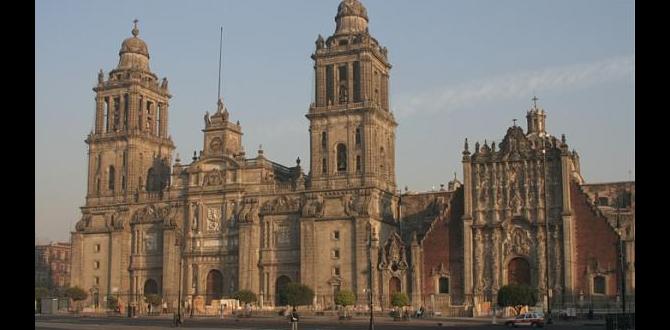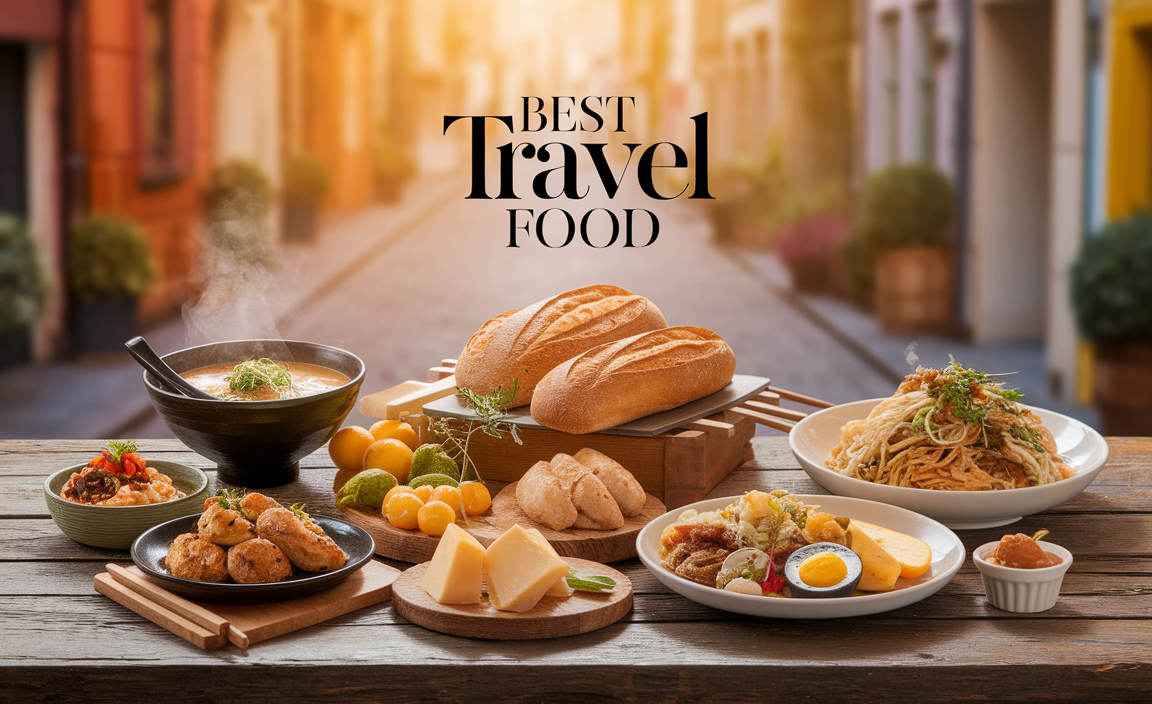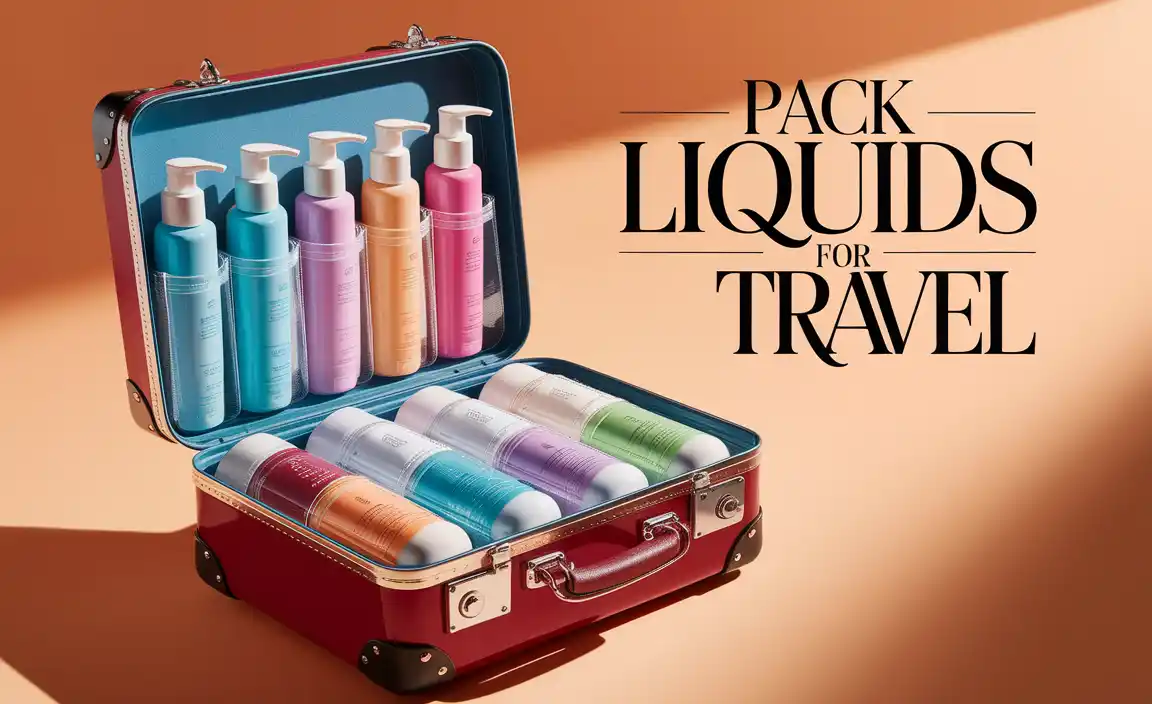Australia Mid-Range Travel Guide: Essential Tips
Traveling Australia on a mid-range budget is totally achievable! Focus on smart booking, free activities, and local eats to stretch your dollars. This guide offers practical tips for enjoying Australia comfortably and affordably, from choosing transport to finding accommodation and eating well. Get ready for an amazing Aussie adventure without breaking the bank!
G’day travelers! Planning a trip Down Under might seem a bit daunting, especially when you’re aiming for a comfortable, mid-range experience without emptying your wallet. It’s a common worry – how do you balance experiencing the best of Australia with keeping an eye on expenses? Many people think Australia is only for luxury vacations or intense backpacking. But that’s simply not true! You can absolutely have an incredible journey filled with amazing sights, delicious food, and comfortable stays while sticking to a sensible budget. This guide is here to show you how. We’ll break down the essential tips to make your Australian adventure stress-free and budget-friendly. Get ready to explore, relax, and make unforgettable memories!
Why Choose Mid-Range Travel in Australia?
Australia is a vast and diverse continent offering everything from vibrant cities to stunning natural landscapes. Opting for mid-range travel means you can enjoy the best of both worlds: comfort and authentic experiences without the exorbitant costs of luxury travel or the limitations of extreme budget backpacking. It’s about finding that sweet spot where you can afford quality accommodation, enjoy good food, participate in key activities, and move aroundconveniently.
This approach allows for greater flexibility. You can choose comfortable hotels or well-appointed apartments, opt for domestic flights when distances demand them, enjoy meals at a mix of casual eateries and nicer restaurants, and participate in guided tours or entrance fees to major attractions. It’s the perfect way to experience Australia’s highlights and hidden gems with a good balance of comfort and value.
Planning Your Mid-Range Australian Adventure
A little planning goes a long way when you’re aiming for a mid-range trip. The key is to research and book smart, especially for flights and accommodation, as these are often the biggest expenses. Consider the time of year you’re traveling, as this significantly impacts prices and availability.
Best Time to Travel to Australia (Mid-Range Consideration)
Australia’s climate varies dramatically from north to south. For a mid-range traveler, looking at shoulder seasons can be ideal. These periods often offer pleasant weather and lower prices than peak summer or holiday seasons.
- Spring (September to November): Pleasant temperatures across most of the country. Less crowded and more affordable accommodation than summer. Ideal for exploring cities and national parks.
- Autumn (March to May): Mild weather in the south, warm in the north. Good visibility for diving and snorkeling on the Great Barrier Reef. Prices start to drop after the summer rush.
- Summer (December to February): Can be very hot, especially inland and in the south. This is peak season, so flights and accommodation are most expensive. If you must travel now, book well in advance.
- Winter (June to August): Mild in the south, pleasant in the north (dry season). This is a great time for a mid-range trip to Queensland to escape the southern winter chill. Ski season in the Australian Alps can be pricey.
Booking Flights for Value
International and domestic flights are often the largest expense. To secure mid-range prices:
- Book in Advance: Aim to book international flights at least 3-6 months ahead, and domestic flights 1-3 months ahead.
- Be Flexible with Dates: Flying mid-week is usually cheaper than on weekends. If possible, consider flying during shoulder seasons.
- Compare Airlines: Use flight comparison websites, but also check airline sites directly. Consider budget carriers for domestic flights, but factor in baggage fees and airport locations.
- Consider Layovers: Flights with one short layover can sometimes be significantly cheaper than direct flights.
Accommodation Options for Mid-Range Comfort
You don’t need to stay in hostels or five-star hotels. Mid-range accommodation offers a great balance of comfort, amenities, and price.
- Apartment Hotels/Serviced Apartments: These offer kitchenettes, living areas, and often laundry facilities, saving money on dining and allowing for more comfort. Many are located in central areas.
- Boutique Hotels: Often provide a more personal touch and unique experience than large chain hotels, at a mid-range price point.
- Comfortable Motels: Especially popular for road trips, modern motels offer clean rooms, often with parking and sometimes pools.
- Airbnb/Vacation Rentals: Can be excellent value, especially for families or longer stays, providing a home-away-from-home feel. Look for Superhosts and highly-rated properties.
When booking, check reviews for cleanliness, location convenience, and noise levels. Look for places that include Wi-Fi and perhaps breakfast to further manage costs.
Getting Around Australia on a Budget
Australia is enormous, so transportation is a key consideration for a mid-range trip. The best option depends on your itinerary and how much ground you plan to cover.
Domestic Flights
For covering vast distances between major cities (e.g., Sydney to Perth, Melbourne to Darwin), flying is often the most time-efficient option. Mid-range travelers can find good deals by booking in advance.
Car Rental
Renting a car is ideal for exploring specific regions, national parks, or taking a scenic road trip (like the Great Ocean Road or the Pacific Coast). For mid-range trips, consider smaller, fuel-efficient cars. Always factor in the cost of fuel, which can be high in Australia, and insurance.
When renting a car, compare prices from different companies. Companies like Budget Australia, Hertz, and Avis are common, but also look into local or smaller operators for potentially better deals. Always read the rental agreement carefully, especially regarding mileage limits and fuel policies.
Train Travel
While not as extensive as in Europe, Australia has some iconic train journeys that can be a scenic and comfortable mid-range option, such as The Ghan or Indian Pacific for a more luxurious experience, or regional lines for shorter trips. For general travel between cities, it’s often slower and more expensive than flying but can be a unique experience.
Public Transport
In cities like Sydney, Melbourne, Brisbane, and Perth, public transport (buses, trains, trams, ferries) is excellent and very affordable. Invest in a reloadable travel card (like Opal in Sydney, Myki in Melbourne) for the best fares. This is a fantastic way to explore cities on a mid-range budget.
Eating Well Without Overspending
Food is a huge part of experiencing Australia, and you can eat very well without costly fine dining.
- Explore Local Cafes and Bakeries: Enjoy a classic “Aussie breakfast” (eggs, bacon, toast) or a “pie floater” for lunch. These are delicious, filling, and budget-friendly.
- Supermarket Lunches: Pack your own lunches for day trips. Supermarkets like Woolworths and Coles offer a great selection of bread, cheeses, meats, fruits, and snacks.
- Food Courts and Market Halls: Large shopping centers and dedicated food markets offer a wide variety of cuisines at competitive prices.
- Enjoy Seafood: Australia has incredible seafood. Look for “fish and chips” shops near the coast for fresh, affordable catches.
- Happy Hour and Early Bird Specials: Many pubs and restaurants offer great deals during happy hour for drinks and appetizers, or early bird menus for dinner.
- Picnics in Parks: Grab some local produce, cheese, and wine and enjoy a picnic in one of Australia’s many beautiful parks or beaches.
For a mid-range experience, aim for a mix: enjoy a nice restaurant meal every few days, but balance it with casual eats, self-catered picnics, and market finds on other days.
Must-Do Activities on a Mid-Range Budget
Australia offers a wealth of experiences, and many of the most iconic ones are surprisingly affordable or even free!
Free & Low-Cost Wonders
- Beaches: From Bondi Beach in Sydney to the Gold Coast’s surf spots and the pristine sands of Western Australia, Australia’s beaches are world-class and free.
- National Parks: Many national parks have small entry fees per vehicle, but offer incredible hiking, wildlife spotting, and scenic drives. Check the New South Wales National Parks website for details and passes.
- City Exploration: Wander through the vibrantly colored laneways of Melbourne, explore the historic Rocks area in Sydney, or take a free ferry ride in Sydney Harbour for stunning city views.
- Wildlife Spotting: Visit local parks and reserves to see kangaroos, koalas (though seeing them in the wild requires luck and knowledge of their habitat), and diverse birdlife without costly zoo entry.
- Botanical Gardens: Most major cities have magnificent botanical gardens that are free to enter and explore.
Mid-Range Paid Experiences
When you do spend money on activities, choose wisely for maximum impact:
- Great Barrier Reef Tour: While day trips can be pricey, they are a quintessential Australian experience. Look for tours that include snorkeling and perhaps lunch. Book in advance and compare operators departing from Cairns or Port Douglas.
- Iconic Landmarks: Visiting the Sydney Opera House (consider a guided tour or just enjoying its exterior and surrounding views), or climbing the Sydney Harbour Bridge (a significant splurge) are memorable.
- Museums and Galleries: Many national museums and galleries offer free general admission, with special exhibitions sometimes having a fee.
- Wine Regions: Take a self-guided tour of the Barossa Valley or Margaret River, enjoying the scenery and perhaps paying a tasting fee at a few chosen wineries.
- Day Trips: Explore the Blue Mountains from Sydney, Phillip Island near Melbourne, or the Sunshine Coast hinterland near Brisbane. These often involve transport costs and potential attraction fees.
Comfort and Convenience: Essential for All Travelers
For any traveler, regardless of budget, comfort and convenience are key to a stress-free trip. This is especially true for families or those with specific personal needs.
Packing Smart for All Weather
Australia has diverse climates. Pack layers! Comfortable walking shoes are a must, along with sun protection (hat, sunscreen, sunglasses). For warmer regions, light, breathable clothing is essential. If traveling south in winter, a warmer jacket and perhaps waterproofs are wise.
Personal Care and Comfort on the Go
Long travel days, whether by plane or car, can present unique needs. For adults and parents traveling with children, having reliable personal care items can make all the difference. Discreet and comfortable options for managing incontinence, such as Depend adult diapers or child-specific products if needed, ensure peace of mind. Knowing you have these essentials readily available means you can focus on enjoying the journey rather than worrying about potential discomfort or accidents. These items are readily available in most Australian supermarkets and pharmacies.
Technology and Accessories
A portable power bank is a lifesaver for keeping your phone and other devices charged. A good travel adapter is essential, as Australia uses Type I plugs (three flat pins). Consider a reusable water bottle to stay hydrated and reduce plastic waste.
Sample Mid-Range Itinerary (10 Days – East Coast Focus)
This is a flexible sample to give you an idea. Adjust based on your interests and pace.
Days 1-3: Sydney
- Fly into Sydney.
- Stay in a serviced apartment in the CBD or Surry Hills.
- Explore The Rocks, Circular Quay, and the Sydney Opera House.
- Take a ferry to Manly.
- Hike to or visit Bondi Beach.
- Enjoy meals at local pubs, cafes, and perhaps one nice dinner.
- Use public transport extensively.
Days 4-6: Melbourne
- Fly from Sydney to Melbourne.
- Stay in a hotel or Airbnb in the CBD or Fitzroy.
- Explore the city’s laneways and street art.
- Visit the Queen Victoria Market for lunch.
- Take a tram tour or explore via public transport.
- Optional: Day trip to Phillip Island for the Penguin Parade (book a tour or rent a car for flexibility).
Days 7-10: Cairns & Great Barrier Reef (Tropical North Queensland)
- Fly from Melbourne to Cairns.
- Stay in a hotel or apartment in Cairns or Port Douglas.
- Full-day Great Barrier Reef snorkeling or diving tour (book in advance).
- Explore the Daintree Rainforest and Cape Tribulation (consider a guided tour or rental car).
- Relax and enjoy the tropical atmosphere.
- Fly out from Cairns.
Budget Breakdown Example (per person for 10 days):
This is a rough estimate and can vary greatly.
| Category | Estimated Cost AUD | Notes |
|---|---|---|
| International Flights | $1500 – $2500+ | Highly variable based on origin and booking time. |
| Domestic Flights (3 legs) | $400 – $700 | Can be less if booked very early. |
| Accommodation (9 nights) | $900 – $1500 | Avg $100-$165/night for mid-range options. |
| Activities/Tours | $400 – $700 | Includes one major reef tour, national park fees. |
| Food & Drink | $600 – $900 | Avg $60-$90/day, mixing casual and a few nice meals. |
| Local Transport (public, car rental share) | $200 – $300 | Depends on if you rent a car and split costs. |
| Miscellaneous/Shopping | $200 – $400 | Souvenirs, etc. |
| Total (excluding international flights) | $2700 – $4500+ | This is a guide for a mid-range experience per person. |
Remember to add buffer for unexpected expenses. Travel insurance is also highly recommended and a worthwhile investment.
Navigating Costs: A Table of Savings Tips
Here’s a quick reference for stretching your Australian travel budget.
| Saving Area | Mid-Range Strategy | Benefit |
|---|---|---|
| Flights | Book 3-6 months out, fly mid-week, compare. | Significantly reduces travel cost. |
| Accommodation | Serviced apartments, 3-4 star hotels, Airbnb. | Comfort and cost savings on meals/laundry. |
| Food | Mix eateries with supermarket picnics, food courts. | Save money daily, try local delicacies on a budget. |
| Activities | Prioritize free nature sights, choose 1-2 key paid experiences. | Experience icons without overwhelming cost. |
| Transport | Utilize public transport in cities, consider car rental only if needed for specific routes. | Cheaper than taxis, more flexible than relying solely on tours. |
| Timing | Travel in shoulder seasons (spring/autumn). | Lower crowds, better prices on flights and accommodation. |
Frequently Asked Questions
Is Australia expensive for a mid-range traveler?
Yes, Australia can be more expensive than some other global destinations. However, with smart planning, focusing on mid-range options for accommodation and dining, and taking advantage of free natural attractions, it’s very achievable to have a comfortable and enjoyable trip without extreme costs.
What are the best mid-range cities to visit in Australia?
Sydney and Melbourne offer a great mix of culture, food, and attractions at various price points. Brisbane and Perth also provide excellent mid-range experiences





